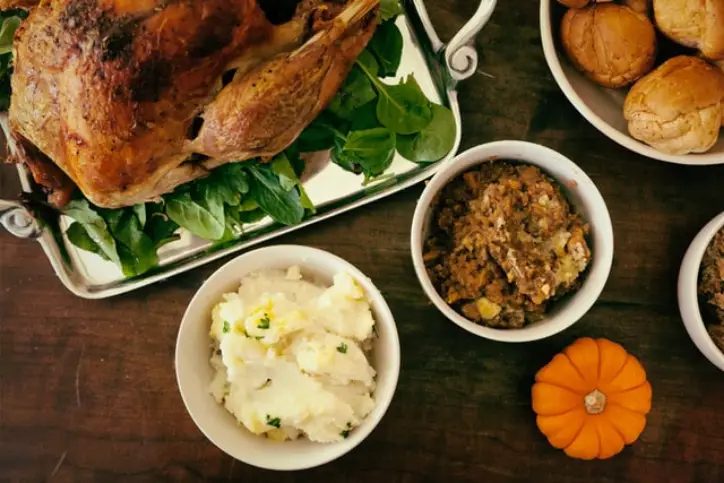
How to Take a Different Strategic Approach to Grocery Promotions
 Gary Saarenvirta
Gary Saarenvirta
In many respects, grocery promotions are built around themes.
They can be holidays (e.g. Labor Day, New Year's, Thanksgiving, and Easter), seasonal (e.g. BBQ season), and special events (e.g. Super Bowl, Oscar's).
To attract traffic, grocers embrace these themes. For example, promotions for Thanksgiving will not only include turkey but cranberry sauce, potatoes, stuffing, gravy, and pumpkin pie.
By offering everything that a consumer could possibly need for a Thanksgiving dinner, grocers are looking to make their promotions as compelling as possible.
But here's the thing: by promoting such a large variety of products that consumers are likely to purchase anyway, grocers are walking away from a lot of revenue and profits.
That's not good for business.
Instead, grocers should embrace a different and more profitable approach to promotions.
We call them micro-themes.
Let's use Thanksgiving as an example.
When the holiday happens, many consumers have a long list of must-buy items to complete the meal or use case. In other words, there is demand for particular items.
But rather than promote all these items, grocers can take a better approach by only heavily promoting turkey, for example. It's the key part of the Thanksgiving use case so an attractive price is a powerful way to attract consumers.
Since grocery retailers know from analyzing their data that there's a strong likelihood that consumers are going to buy associated items, there's no need to put them on sale as well.
Instead, they should sell items such as cranberry sauce, potatoes, and pumpkin pie at slightly discounted or regular prices, rather than offering with large discounts. This allows grocery retailers to drive higher sales and profits.
It's a winning financial formula that allows a grocery retailer to effectively leverage promotions by being more strategic.
Here's another interesting angle to the turkey promotion angle.
By not promoting a wide variety of Thanksgiving-related items, grocery retailers give themselves the room and flexibility to promote other types of products.
It is important to remember that not every consumer celebrates Thanksgiving.
As a result, there are opportunities to attract these consumers in other ways. For example, ground beef could be promoted during Thanksgiving for people looking to prepare lasagna. These consumers would also purchase noodles, tomato sauce, cheese, and bread at regular prices.
Again, grocery retailers are looking to create a "recipe" in which a small number of promoted products drive sales of high-margin associated products.
This is called "the halo", which describes the complex relationships between different products. Some types of products have thousands, if not millions, of potential use cases. Think, for example, of the many ways that consumers use vegetables and meat to prepare meals.
When data and the power of artificial intelligence based on reinforcement learning is combined, promotions can be approached more creatively and strategically, and ultimately more successfully.
For insight into how AI is changing how retailers approaching price, check out our eBook: Autonomous decisions in retail: how artificial intelligence is reshaping pricing.
To learn more about, how Daisy’s AI-powered technology helps retailers and insurance companies drive higher profits and revenue, drop us a note.

Gary Saarenvirta
Daisy’s Founder and CEO, and a preeminent authority on artificial intelligence and its ability to transform how businesses grow. He is also a member of Daisy’s board.



